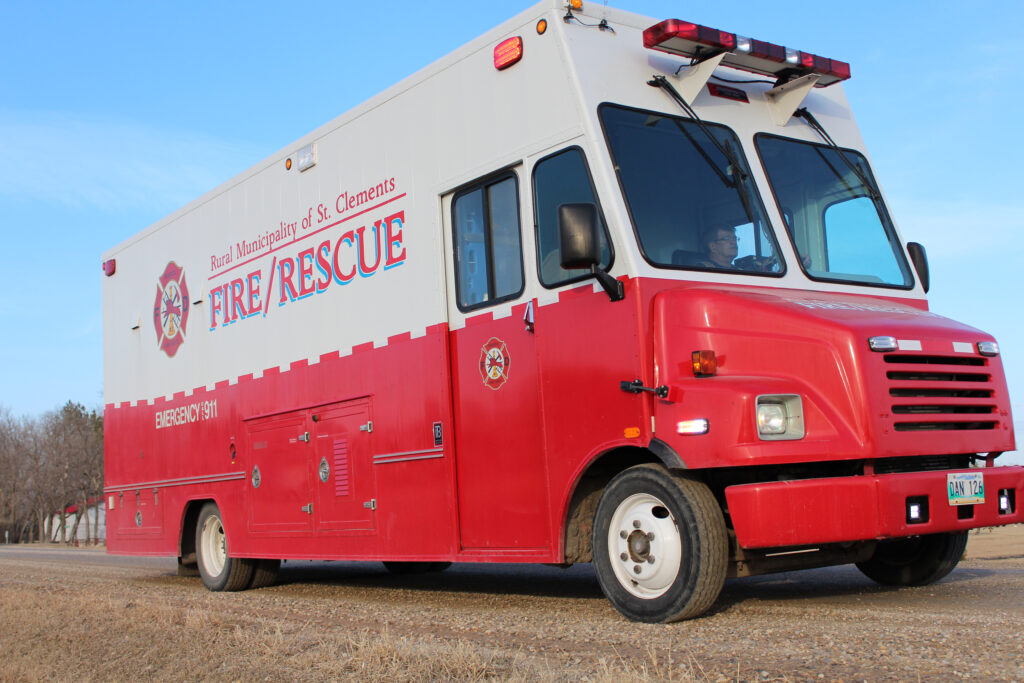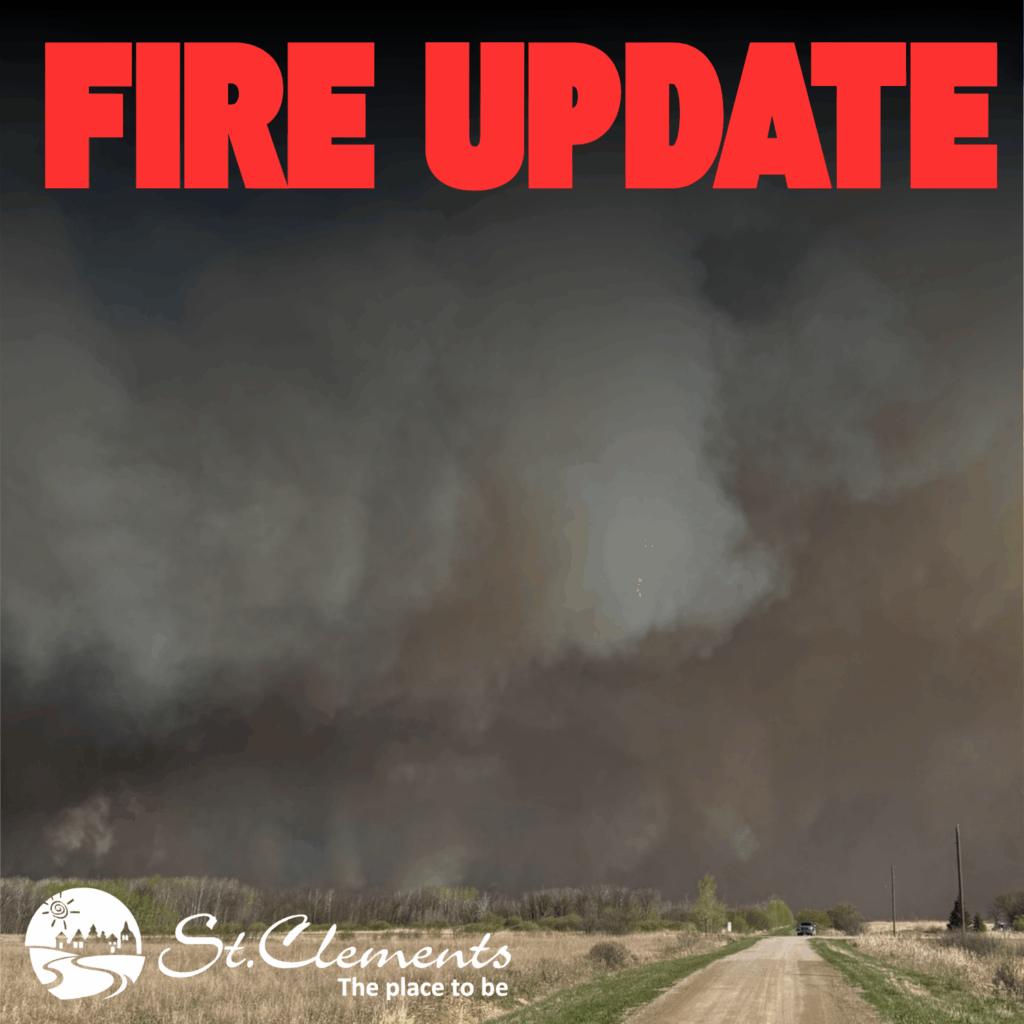About Burning Bans
When conditions are very dry and there is a high risk of wild fires, the RM will speak with our Fire Chiefs and upon their recommendation will call for a burning ban until conditions change.
When a burning ban is in effect:
- No outdoor fires are allowed.
- Use of fireworks is prohibited.
- Transfer stations will not accept burnable material. If you don’t want to wait for the burning ban to be lifted, Libau landfill will accept your burnables for a fee and will bury them.
The Province of Manitoba wildfire web page features a map specifically for Municipalities that have current burning restrictions.
Outdoor Fire Rules
Outdoor fires in the RM of St. Clements are regulated by By-Law No. 2-2022. This by-law includes all outdoor fires including fire pits and the burning of crop residue, grass, stubble and debris.
Fires not following this by-law may result in a fine to the property owner or person setting the fire. If fire fighters have to extinguish the fire, the cost of this may be charge to the person who started the fire.
Fire Pit Safety Guidelines
The fire pit or outdoor solid fuel appliance should:
- Be enclosed on all sides and constructed of masonry, concrete, heavy gauge metal or other non combustible materials
- Be covered with a non-combustible grate or mesh
- If it has a chimney, have mesh or a spark arrester installed
- Be located on a flat, level and noncombustible base and clear of overhangs, such as roofs, tree branches, or utility wires
- Have a minimum clearance of 3 metres or 10 feet from any structures or combustibles (ie, fences, trees, hydro poles) and property lines
- When in use, be attended by a responsible adult until the fire has been fully extinguished
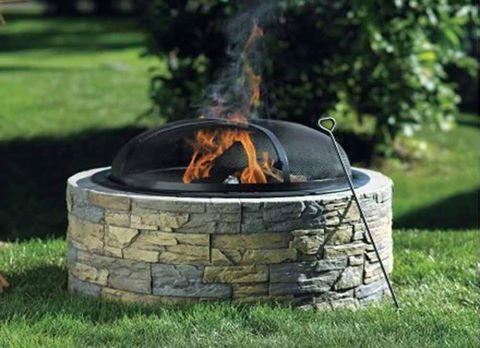
General Burning rules
- Fires are not permitted under severe wind conditions or when atmosphere or local circumstances make such fires a hazard
- Fires cannot be used to burn garbage, rubbish, previously painted or treated wood and any fuel which , when burned, may result in dense smoke or offensive odours.
- A means of extinguishing should be onsite such as a portable fire extinguisher or garden hose
- Smoke from outdoor fire pits and outdoor solid fuel burning appliance shall not impact on neighbouring properties by releasing offensive odours that are annoying, unpleasant, or a nuisance
- All fires must be limited in size so the available fire fighting resources at hand may easily control them

Crop residue burning, land clearing and grass burning
- All burning must follow the conditions of The Wildfires Act and the Manitoba Crop Residue Burning Regulation – MR-77/93
- Fire must be supervised by the owner or occupier of the land
- The owner must take sufficient precautions to protect persons and the property of others from fire
- All precautions must be taken to ensure the fire can be kept under control and weather condition s are favourable to burning
- If clearing stubble or debris, the fire must be completely surrounded by a fire guard:
- a strip of land free of flammable material, of sufficient width to control the fire
- by natural or man-made barriers, water or a combination of these
- The smoke must not pose an unreasonable hazard to the health of any person or reduce visibility on roads
- Sufficient water supply based on fire size must be available
Grass Burning Myths and Facts
Burning grass is a tradition, almost a rite of spring. However, the reasons for spring grass burning are largely unfounded and rather than being beneficial, grass burning can be destructive and dangerous.
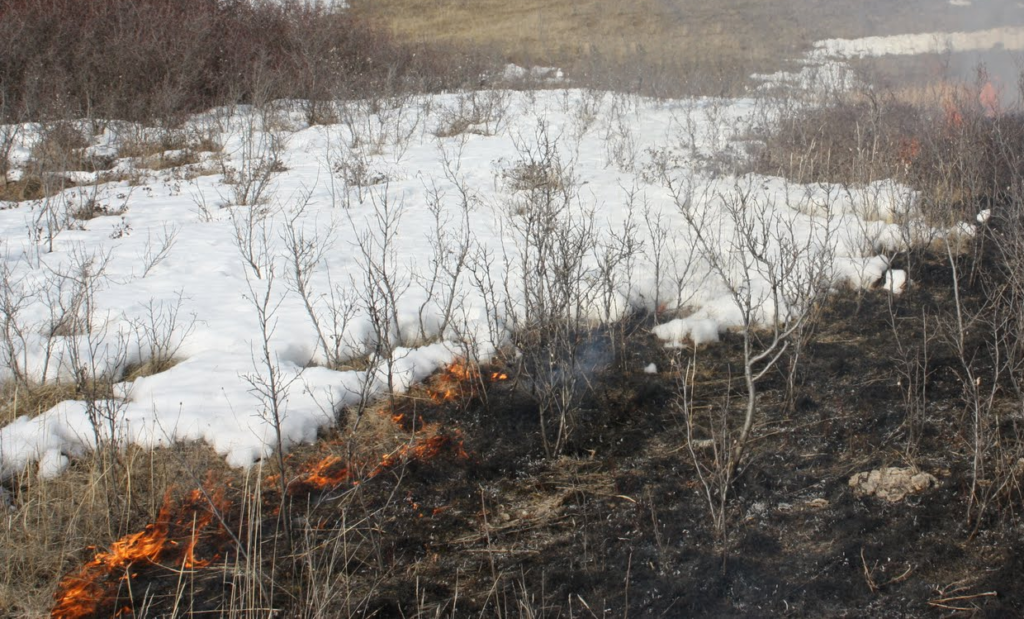
1) Myth: It’s safe to burn grass when there is still some snow on the ground.
Fact: Within hours of snow melting, dead grass becomes flammable; especially if there have been drying winds. Grass fires burn hot and fast and spread quickly around and over snow patches.
2) Myth: Spring grass burning controls weeds.
Fact: Weeds deposited their seeds into the soil last fall. Burning creates an ideal bare soil for the seeds to germinate.

3) Myth: Burning improves the new grass crop.
Fact: Burning actually reduces grass yield by up to 70 percent.
4) Myth: Burning makes the new grass come in greener.
Fact: It just appears greener due to the contrast against the bare, blackened ground. In fact, the new grass will be the same colour whether burning took place or not.
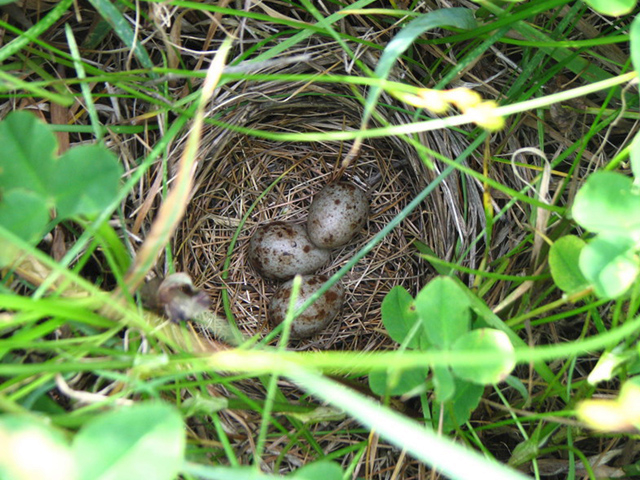
5) Myth: I can burn grass without threatening any animals.
Fact: Burning destroys the homes of species you don’t normally see such as mice and voles as well as the nests and eggs of certain birds. If the fire gets out of control, larger animals can be caught by the flames and many species will lose habitat crucial to their survival
6) Myth: Lost habitat will grow back in a few months and the wildlife will retur.
Fact: It may take several years to replace what was lost. Vegetation is often multilayered with higher growth protecting the undergrowth. Different species depend on different layers for food and shelter. Loss of the lower layer and its occupants will impact species that prey upon those lost species.
7) Myth: Spring burning is an easy way to get rid of last year’s vegetation.
Fact: Easy perhaps, but not good for the soil. Burning results in most of the old plants’ nutrients going up in smoke or remaining in ash that is washed away. Burning also releasing Co2 into the atmosphere and ultimately contributes to greenhouse gas emissions. Plowing old plants under, or allowing them to decompose, allows carbon and fertilizing elements to go back into the soil.
9) Myth: It’s pretty safe to burn grass in the RM of St. Clements. We have great fire departments.
Fact: Under The Wildfires Act and the RM of St. Clements By-Law 5-2012, if you light a fire, you are responsible for it. If your fire gets out of control you may be liable for the cost of fighting the fire, the destruction of others’ property, and face penalties for violating burning regulations.
